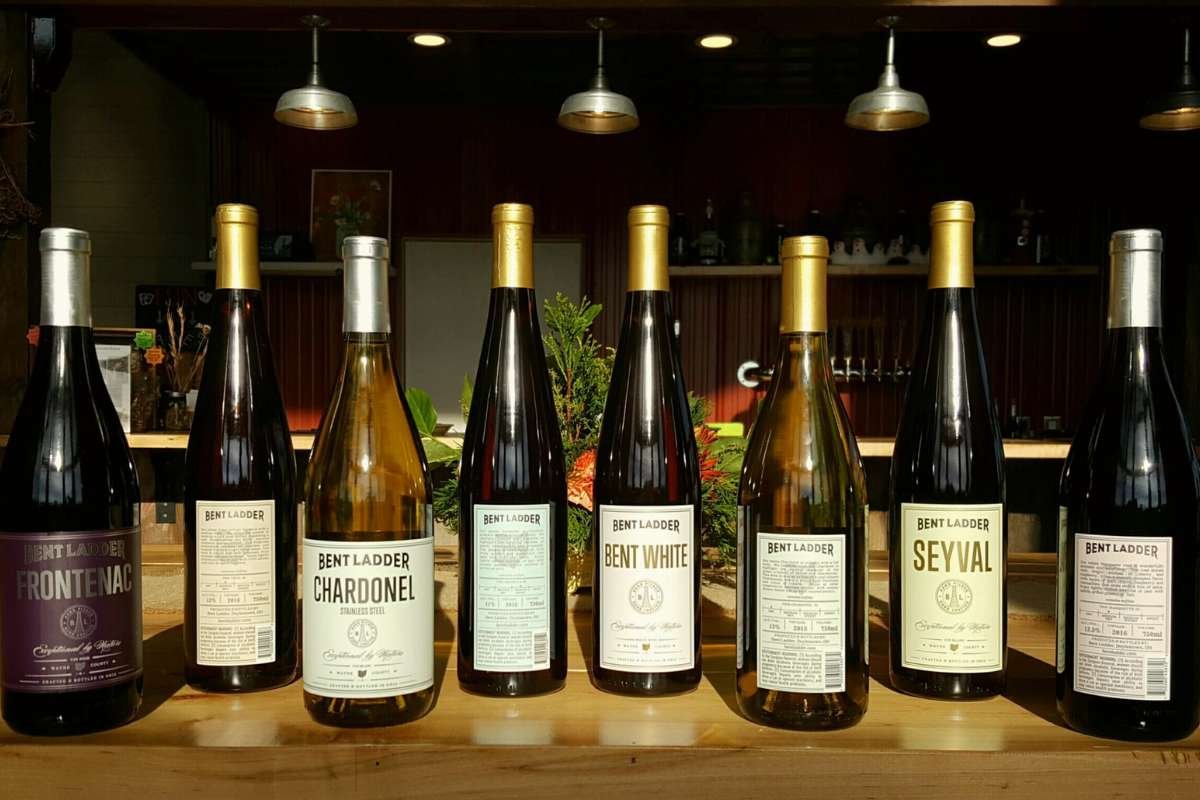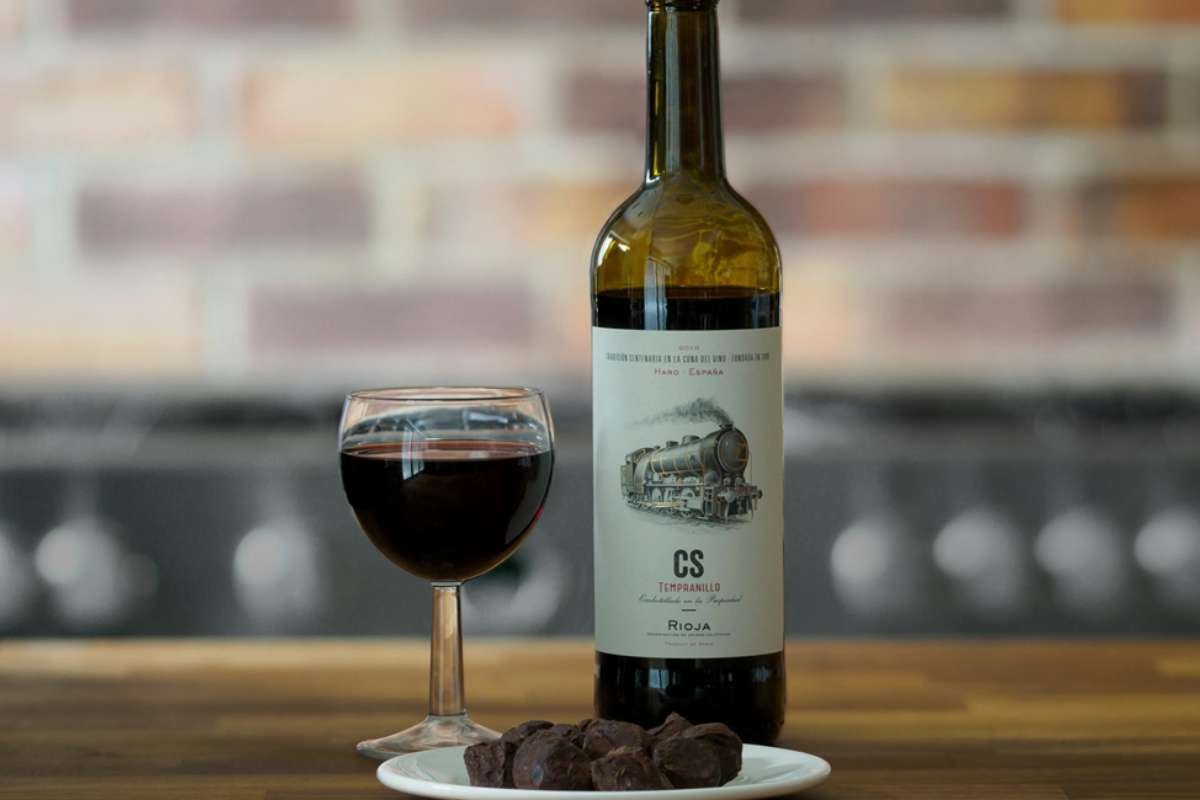The romance of owning a wine brand seduces many enthusiasts into the business. Picturesque vineyards, the alchemy of fermentation, elegant bottles gracing dinner tables—what’s not to love? Yet between the daydream and distribution lies a complex reality that trips up even seasoned entrepreneurs.
After partnering with some of the best wine bottling companies across three continents and witnessing hundreds of brand launches, we’ve observed patterns in what separates successful wine brands from short-lived ventures. Here are six critical wine brand mistakes to avoid when turning your vinous passion into a viable business.
1. Creating a Label Without Understanding Your Customer

Many founders design wines they personally love without considering who will actually purchase them. That elegant, bone-dry Riesling with piercing acidity might win awards from sommeliers but could prove commercially disastrous if your distribution channels primarily reach consumers who prefer softer, fruit-forward styles.
Successful brands begin with clear answers to fundamental questions: Who will drink this wine? Where will they buy it? What price point fits their expectations? How does your offering differ from what they currently enjoy? Wine appreciation remains deeply subjective—your perfect bottle might be someone else’s unfinished glass.
2. Neglecting Compliance and Regulatory Hurdles
The alcohol industry drowns in regulations that vary wildly across jurisdictions. Each state, province, and country maintains unique requirements for everything from ingredient disclosures to permissible marketing language. Navigating this regulatory maze demands patience and professional guidance.
Licensing alone can consume months and significant capital before selling a single bottle. Label approval processes introduce further delays, with authorities rejecting designs for technical violations invisible to untrained eyes. Smart founders budget both time and money for these bureaucratic necessities.
3. Underestimating Working Capital Requirements

Wine brands frequently make financial missteps due to the inherent need for extraordinary patience. One of the critical wine brand mistakes is underestimating the capital-intensive nature of production, which, combined with delayed revenue, creates significant cash flow challenges. Grapes require payment at harvest, bottles and labels need funding months before use, and distributors typically pay invoices 30–90 days after delivery.
This extended cash conversion cycle means most brands need 12–24 months of working capital beyond initial production costs. Founders frequently miscalculate, funding production but lacking resources for effective marketing, sales support, or market development.
Sustainable growth requires disciplined financial planning built around realistic sales projections—not optimistic scenarios.
4. Treating Distribution as an Afterthought
All too often, founders pour their time and money into production quality alone, while forgetting about distribution. The harsh reality? Distributors receive hundreds of brand pitches monthly and accept precious few.
Distribution partnerships require strategic cultivation before your first vintage reaches the bottle. Building these relationships demands understanding distributor priorities: consistent supply, pricing structures that work for all tiers, and brands that solve existing portfolio gaps.
Direct-to-consumer sales offer a viable alternative but demand their own expertise in ecommerce, compliance, and digital marketing. Either approach requires deliberate planning and dedicated resources from day one.
5. Confusing Branding with Labels

A striking label helps secure initial trials, but building brand loyalty demands much more. It requires powerful storytelling and consistent quality positioning, plus a uniqueness factor that goes beyond mere visual appeal.
Your brand represents the promise you make to consumers—what unique experience your wine delivers consistently. One of the common wine brand mistakes is failing to clearly define and communicate this promise. This extends beyond taste profile to include your origin story, production values, and engagement style. The most compelling wine brands communicate clear identity through every consumer touchpoint.
6. Assuming Quality Alone Ensures Success
Exceptional wine provides your admission ticket to the market—nothing more. Within any price segment, dozens of quality competitors vie for consumer attention. Unfortunately, focusing solely on wine quality is one of the significant wine brand mistakes that can hinder growth.
Mediocre wines with excellent marketing regularly outperform superior wines with poor visibility. The brands that endure combine production excellence with marketing savvy, maintaining quality while building genuine consumer connections.
The wine business rewards those who approach it with clear-eyed pragmatism alongside passionate idealism. By avoiding these common pitfalls, your brand stands a fighting chance of joining the select few that survive beyond their inaugural vintage.








